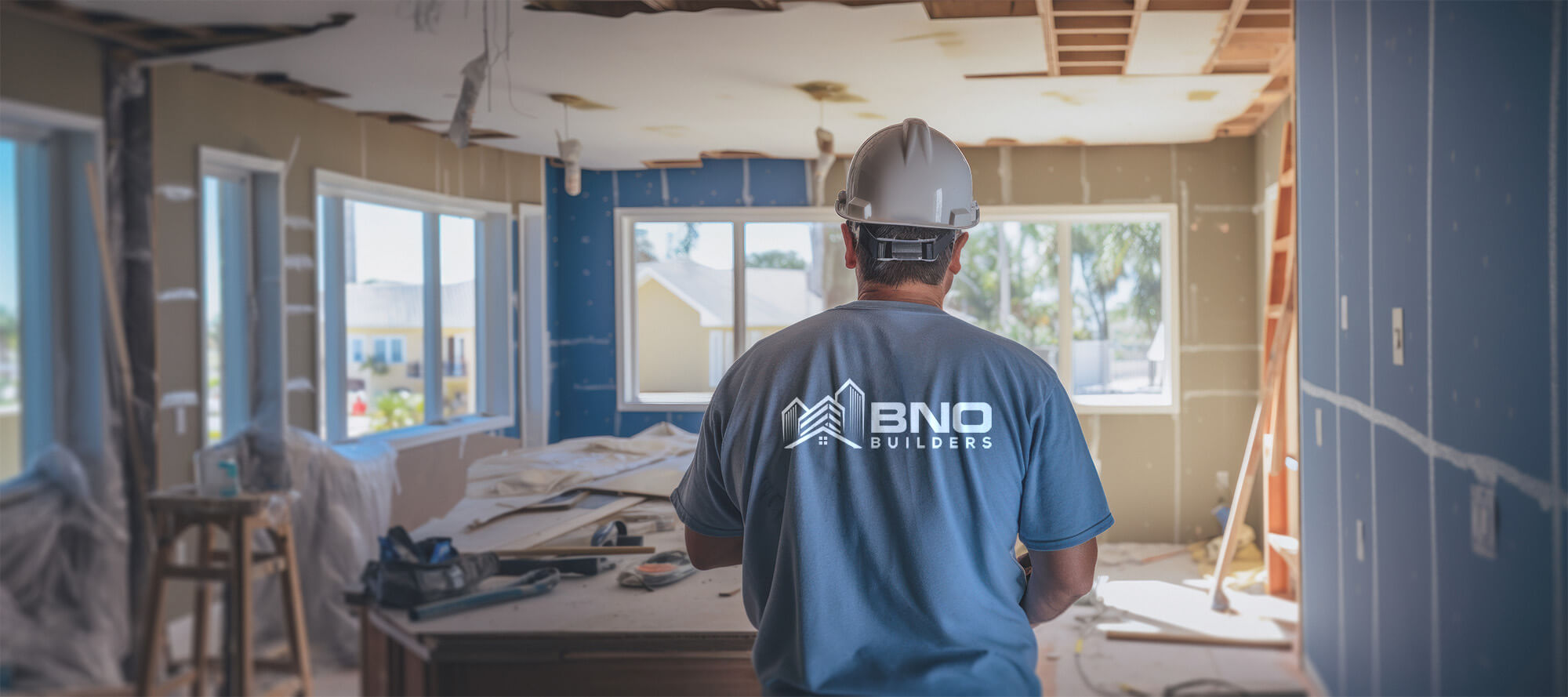
What Percentage Of Home Value Should Be Spent On Kitchen Remodel?
2 MIN READ
October 3, 2024
When planning a kitchen remodel, a common rule of thumb is to spend between 5% to 15% of your home’s value. This range allows for significant improvements while maintaining a balance between investment and potential return. For instance, if your home is worth $300,000, you might consider a kitchen renovation budget between $15,000 and $45,000. However, it’s essential to consider your specific circumstances, local market conditions, and long-term plans for the property when determining your budget.
Does Kitchen Remodel Increase Home Value?
Yes, a kitchen remodel can significantly increase your home’s value. According to national averages, the return on investment (ROI) for kitchen remodels ranges between 52.5% and 71.2%, depending on the scope of work. This means that for every dollar spent on the renovation, you can expect to recoup between $0.52 and $0.71 in increased home value. Keep in mind that high-end, luxury renovations tend to have a lower ROI compared to mid-range updates that focus on functionality and modern aesthetics.
How To Generate A Great ROI On Your Kitchen Remodel?
Maximizing the return on investment (ROI) for your kitchen remodel requires a strategic approach that balances cost, functionality, and appeal. A well-executed kitchen renovation can not only enhance your daily living experience but also significantly boost your home’s market value. To achieve the best possible ROI, consider the following strategies:
1. Prepare A Solid Kitchen Remodeling Plan
Developing a comprehensive kitchen remodeling plan is crucial for achieving a great ROI. Start by assessing your kitchen’s current condition and identifying areas that need improvement. Research design trends and functional layouts that suit your space. Create a detailed budget allocation for each aspect of the project, keeping in mind that actual numbers might vary based on your priorities and goals. Here’s an example of a typical kitchen remodeling budget allocation:
- Cabinets: 25%
- Labor: 18%
- Appliances: 12%
- Countertops: 10%
- Walls, Doors, and Windows: 10%
- Plumbing and Electrical: 5%
- Floors: 5%
- Lighting: 5%
- Design: 5%
- Contingency for Unexpected Expenses: 5%
2. Make A List of Your Kitchen Renovation Priorities
Creating a priority list for your kitchen renovation helps ensure that you allocate your budget effectively. Identify the elements that are most important to you, such as updating appliances, installing new countertops, or redesigning the layout for better functionality. This list will guide your decision-making process when faced with budget constraints. For example, if you’re passionate about having high-end appliances, you might allocate more of your budget to this category and choose more cost-effective options for lower-priority items. By customizing your remodeling plan based on your priorities, you’ll create a kitchen that meets your specific needs and preferences.
3. Refresh Whatever You Can!
One of the most cost-effective ways to generate a great ROI on your kitchen remodel is to refresh existing elements whenever possible. Carefully assess the condition of your kitchen components and determine which items can be updated rather than replaced entirely. For example, you might be able to reface cabinets instead of replacing them, update hardware on existing doors and drawers, or refinish rather than replace flooring. These refresh techniques can significantly reduce costs while still providing a noticeable improvement in your kitchen’s appearance and functionality. By avoiding unnecessary replacements, you’ll stretch your budget further and potentially increase your overall return on investment.